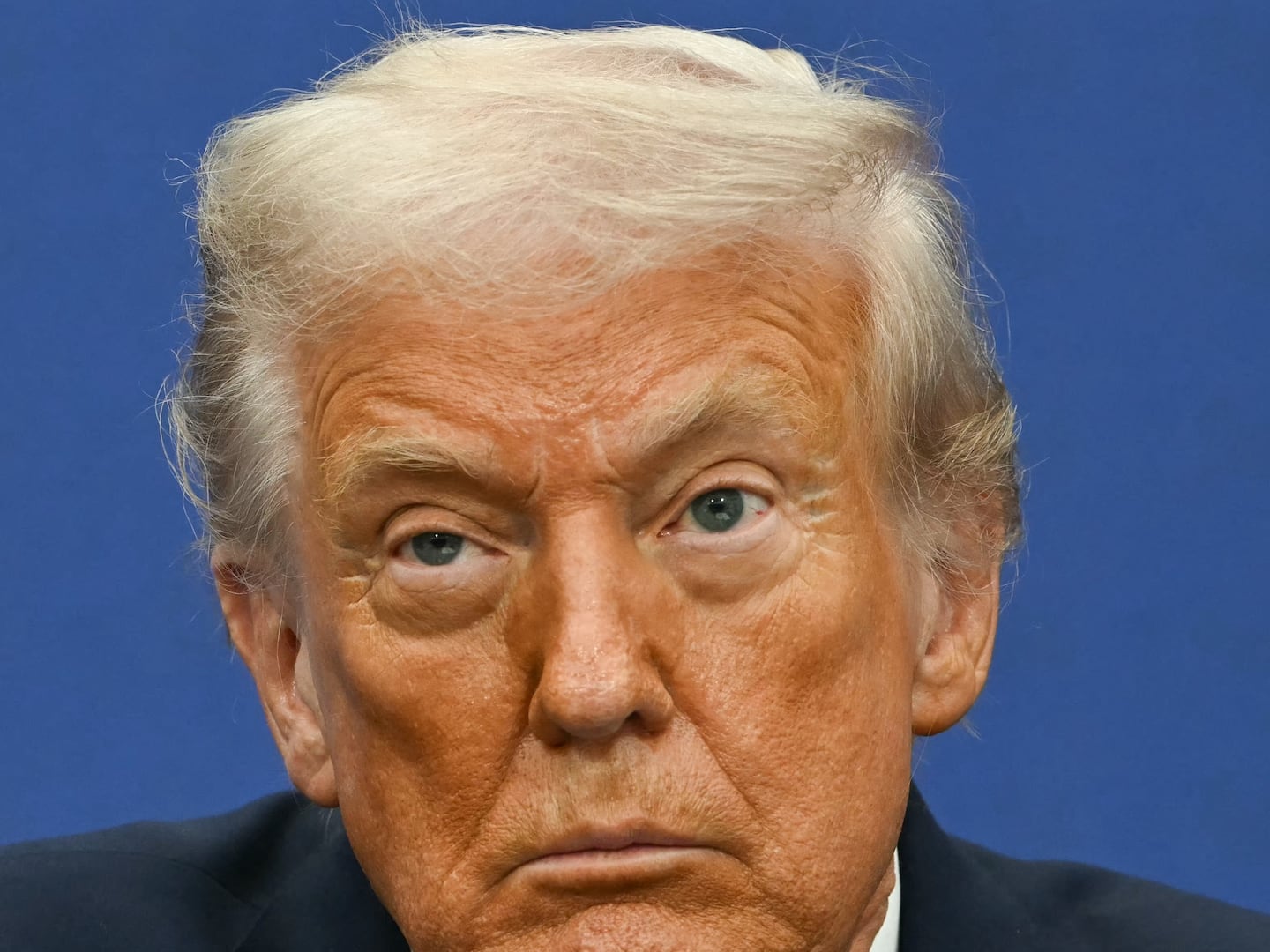Julian Assange, the mercurial founder of WikiLeaks and anarchist extraordinaire, made a surprise appearance at London’s Saint Paul’s Cathedral today to address crowds of protesters occupying the city’s financial district.
Outside Paternoster Square, along Ludgate Hill Road, a sea of people thronged behind a line of riot cops, unable to access the heart of the protest. As Assange and his security detail made its way from the back of the square, through the police cordon and past the Marks & Spencer and Starbucks, cheers erupted from the crowd—which included members of the hacktivist collective Anonymous who helped organize the event and who turned up sporting devilish Guy Fawkes masks. Assange—dressed in his typical attire of a leather jacket and blue jeans—reached the cathedral stairs, and protesters thronged before him. “Sit down, sit down!” people cried. The protesters obediently knelt. “Let Jesus speak!” someone yelled. One of the protest’s organizers took the microphone and asked for an open-source vote. “Who wants Julian to speak?” he said. There were scattered boos, but most people raised their hands in a “yea” sign and Assange took the microphone. He asked the crowd to do a call and repeat.

“Like all of you, I have had difficulties getting in here today,” he said. The crowd dutifully shouted back the words. “But there are many people who haven’t yet been able to get through.” The crowd, confused, mumbled half the line in response. Assange told the protesters that they were part of a movement “from Cairo to London.” He railed about how the law was being obstructed in Guantánamo Bay and about money laundering in the Cayman Islands and in London. “This movement is not about the destruction of law, it is about the construction of law,” Assange said. “I just wanted to say, we are all individuals.” The crowd cheered. A girl started tossing candy out at the protesters and Assange stepped in, grabbed a handful of treats, and lobbed them into the crowd. Then, as mysteriously as he appeared, he was gone.
Before Assange’s arrival, the crowd had been thinning out as protesters—mostly young and white—seemed unsure of where to go or what to do. Some milled about with large signs descrying the banks and financial institutions for imperiling the global economy. “Here Comes the Ethical Revolution,” one placard read. Others claimed, “We Are the 99 Percent,” “Cameron Must Go,” and “Goldman Sachs Is the Work of the Devil.”
At first, the crowd’s plan had been to march from Paternoster Square to the City, the heart of London’s banking elite, beginning around noon. But police cordoned off the square, effectively blocking more people from joining the scene and preventing the crowd from leaving. When the protesters attempted to go down different side streets, the riot cops effectively contained them. At one point the crowd began to get rowdy. “Shame on you,” people chanted at the cops. The police dogs started barking aggressively. A man with a loudspeaker yelled, “Let’s go back, let’s go back, give them space, give them space.” Meanwhile, a young woman on the front line screamed, “There’s not enough of us! Move forward!” The crowd eventually fell silent and lost its momentum to break the police barrier.
Back in the crowd, a young man looked at his friend. “There’s nothing to do here,” he said. “Let’s do something else.”
Meanwhile, Ronan McNern, 36—a bearded activist working to support the Occupy movement—insisted to a Newsweek reporter that the protesters did have a plan. When pressed, he couldn’t give specific details, “but there is a plan.” He said the movement was leaderless on purpose. “We need a new movement. That movement doesn’t know what it is yet, but this is the beginning.” He pointed out that it was hard to find a place to protest in London because of the amount of private land in the city. “This is just a microcosm of the world, the amount of control that’s here.”
As the day waned into a sparkling, cloudless afternoon, some protesters made plans to camp out in the square. One woman addressed the crowd from the cathedral steps: the protesters needed to start holding collective meetings to figure out how to get food and find bathrooms. Over at the Starbucks, a steady line of people were queuing to use the loo. One American woman, in London for the week on business, was frustrated that the police wouldn’t let her leave the square. “I’m just trying to meet my friend at the train station. They won’t let me out,” she said.
“I’ve come, I’ve met my friends, I’ve learned a couple things. Looks like we’re stuck here for a couple of hours,” added Alan Mascaporne, a recent university graduate. “Julian Assange can leave and we can’t? We’ve been here for two, three hours now,” he said to a friend.






